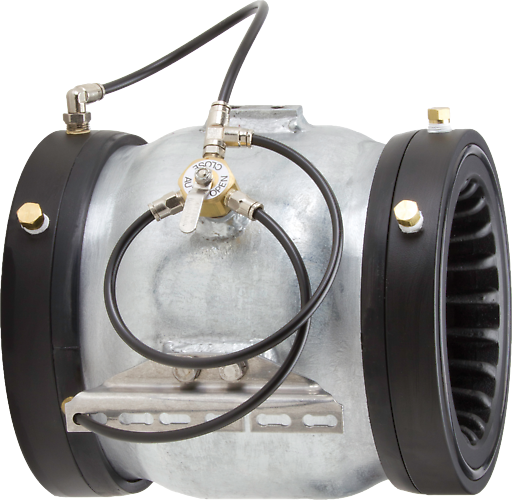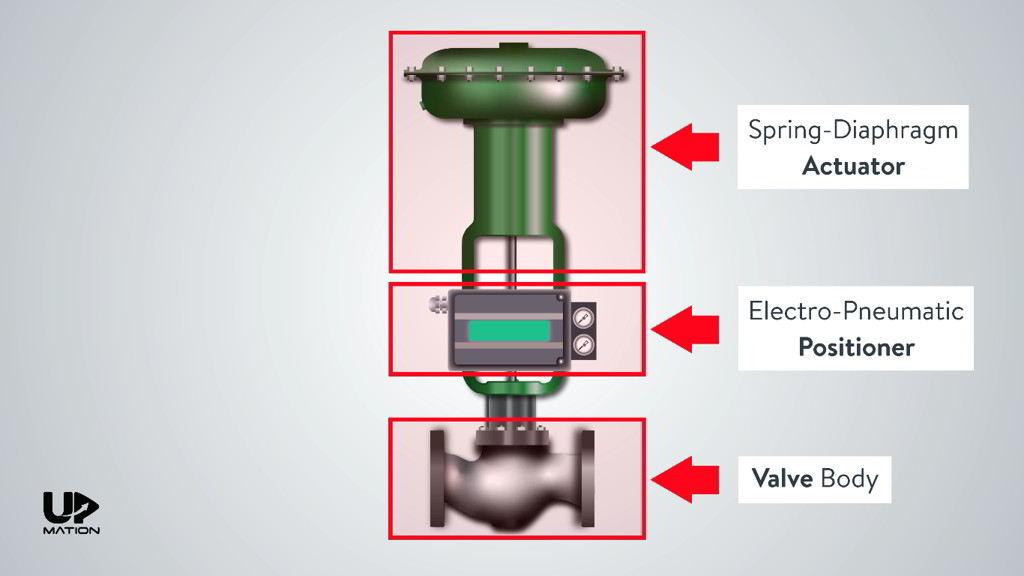How Control Valves Impact Energy Efficiency in Industrial Settings
How Control Valves Impact Energy Efficiency in Industrial Settings
Blog Article
Achieve Seamless Assimilation and Control With High Quality Structure Automation Controls
In the world of contemporary structure administration, the importance of top quality building automation controls can not be overemphasized. Welcoming top quality structure automation controls is not simply a matter of benefit however a strategic imperative for companies aiming to optimize their centers' efficiency and sustainability.

Advancement of Structure Automation Controls
Throughout the past couple of decades, the advancement of developing automation controls has actually significantly transformed the method structures are taken care of and operated. Building automation systems primarily concentrated on fundamental functions such as controlling air, heating, and air flow conditioning (A/C) systems. Nevertheless, as innovation progressed, these controls have actually ended up being more sophisticated, permitting a bigger series of building systems to be integrated and managed centrally.
The evolution of constructing automation controls has seen a change towards even more intelligent systems that can adapt to transforming conditions in real-time. This versatility is vital for maximizing energy performance and making sure resident convenience. In addition, modern structure automation controls currently provide features such as anticipating upkeep, remote monitoring, and information analytics, allowing center managers to make data-driven choices to improve structure performance.

Benefits of Top Quality Assimilation
The innovation in structure automation controls towards more smart systems has actually emphasized the significant benefits of top quality combination in enhancing structure operations and improving general efficiency. This central control additionally provides far better presence and insights into building efficiency, making it possible for proactive maintenance and optimization strategies. In general, the advantages of top quality integration in building automation controls are obvious, offering increased efficiency, comfort, and operational efficiency.
Improved User Experience and Ease Of Access
Enhancing customer interaction with structure automation controls through instinctive layout and enhanced accessibility elevates the general experience for occupants and center managers alike. By focusing on user experience, constructing automation systems can become much more effective and user-friendly. Intuitive user interfaces, clear navigation, and personalized settings empower individuals to connect with the controls easily and properly.
Ease of access features play a crucial function in ensuring that all people, consisting of those with disabilities, can make use of the structure automation manages effortlessly. Incorporating functions such as voice commands, responsive switches, and color-contrasted display screens can boost access and make the controls a lot more inclusive.
In addition, enhanced user experience causes greater user contentment, raised performance, and much better decision-making. Residents can adjust environmental setups according to their choices, while center managers can effectively keep an eye on click reference and manage structure systems - control valves. Overall, focusing on individual experience and ease of access in building automation controls adds to an extra smooth and efficient building setting for all stakeholders included
Sustainable Practices With Automation

Additionally, automation can assist in the integration of renewable energy sources such as solar panels or wind turbines right into building procedures. Through automation, buildings can align with modern sustainability goals and contribute to a greener future.
Future Trends in Building Control Systems
In expectancy of advancing and advancing innovations sustainability practices, the trajectory of structure control systems is poised to embrace transformative techniques and ingenious solutions. One noticeable trend shaping the future of structure control systems is the enhanced integration of Expert system (AI) and artificial intelligence. These technologies make it possible for structures to adjust in real-time to altering problems, enhancing energy intake and improving convenience for owners. Furthermore, the Internet of Points (IoT) is revolutionizing building control systems by connecting sensors and gadgets to enhance procedures and improve effectiveness.
Another essential fad is the emphasis on cybersecurity procedures to shield versus potential dangers to building automation systems. As buildings end up being much more interconnected, guaranteeing durable cybersecurity procedures will be vital to protect sensitive data and avoid unauthorized accessibility.
In addition, the change in the direction of cloud-based systems is obtaining momentum, permitting centralized control and remote access to structure systems. This helps with simpler tracking, maintenance, and updates, boosting the overall performance and adaptability of visit this site right here structure control systems. As innovation proceeds to development, these fads are anticipated to form the future landscape of building automation controls, driving development and sustainability in the developed atmosphere.
Final Thought
Finally, constructing automation controls have actually developed considerably, offering countless benefits such as boosted individual experience, availability, and lasting techniques. Quality combination plays an essential duty in achieving seamless control and reliable operation of structure systems. Future trends in building control systems are most likely to concentrate on more enhancing this automation capabilities for boosted energy performance and general efficiency. It is necessary for building proprietors and drivers to focus on the adoption of high quality structure automation regulates to enhance structure operations and achieve long-term sustainability goals.
In the realm of contemporary building monitoring, the importance of high quality structure automation controls can not be overemphasized. In general, the advancement of structure automation regulates continues to drive development in the structure monitoring industry, providing brand-new opportunities for creating smarter and extra sustainable buildings.
The improvement in structure automation controls in the direction of more intelligent systems has emphasized the substantial advantages of top quality integration in maximizing structure procedures and boosting general effectiveness. Generally, prioritizing individual experience and availability in structure automation manages contributes to a more productive and smooth structure setting for all stakeholders included.
It is important for building proprietors and drivers to focus on the fostering of top quality building automation regulates to enhance structure operations and attain lasting sustainability goals. - control valves
Report this page